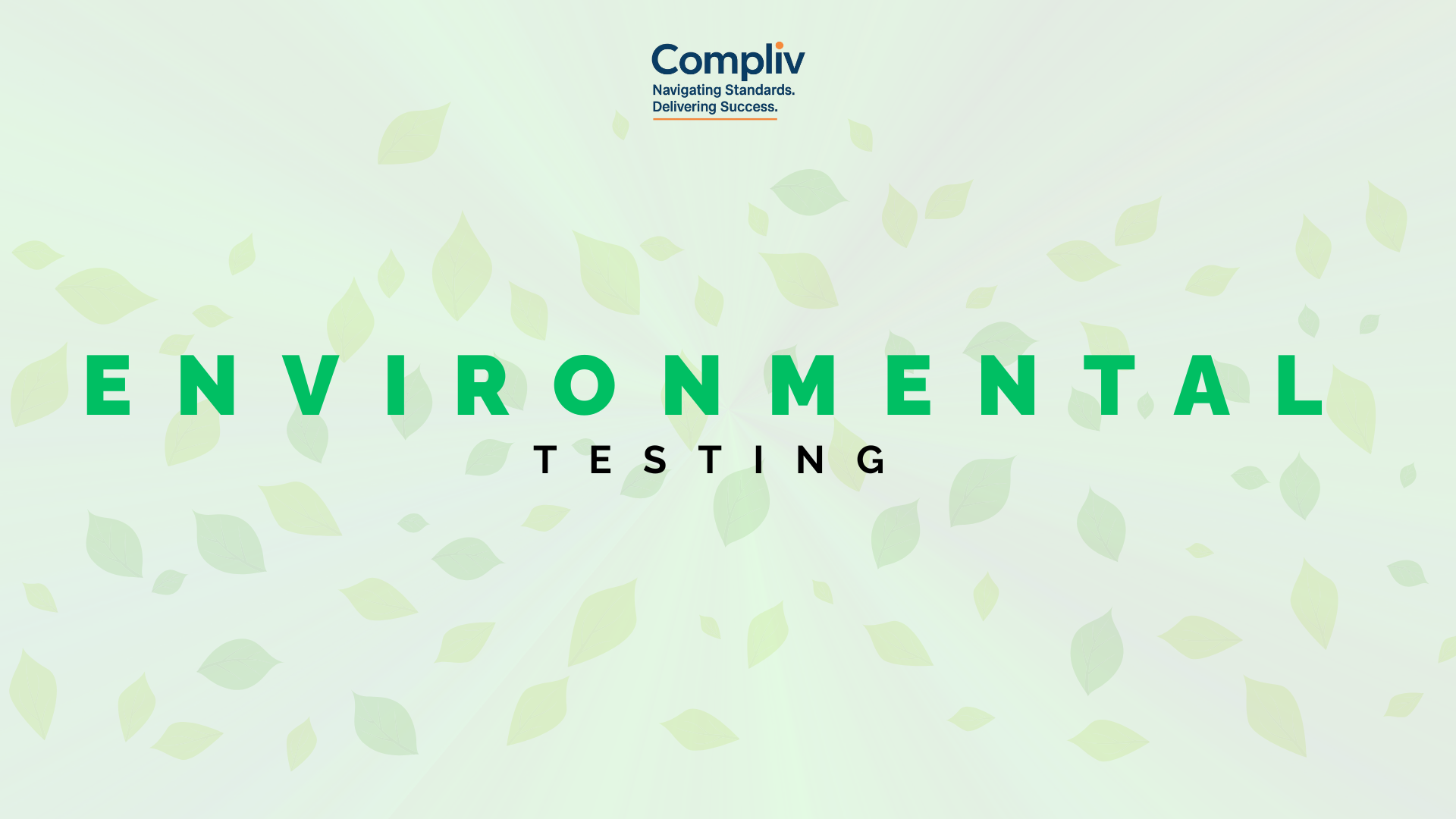
Environmental Testing evaluates how products, materials, and components perform under conditions like temperature, humidity, vibration, dust, and chemicals. It ensures reliability, durability, and compliance with regulatory standards. Industries use it to prevent product failures, improve quality, and enhance consumer safety. It is crucial for electronics, automotive, aerospace, medical devices, and manufacturing sectors.
Importance of Environmental Testing
- Ensures products can withstand real-world environmental conditions.
- Helps identify potential failures before market release.
- Supports regulatory compliance and international certifications.
- Improves product quality, reliability, and safety.
- Reduces warranty claims, recalls, and associated costs.
Benefits of Environmental Testing
- Detects weaknesses in materials due to temperature, humidity, vibration, or chemical exposure.
- Increases product lifespan through stress testing.
- Minimizes risks associated with harsh or extreme environments.
- Supports design optimization and quality assurance.
- Helps achieve global compliance and certification standards.
Who Could Avail Environmental Testing Services?
- Electronics manufacturers (phones, computers, home appliances)
- Automotive and aerospace companies
- Medical device and healthcare equipment manufacturers
- Packaging and materials industries
- Renewable energy and defense sectors
Products Covered
- Electronic devices and components
- Automotive parts and assemblies
- Aerospace equipment
- Medical devices and instruments
- Packaging materials and industrial products
Process of Environmental Testing
- Sample Preparation – Select and prepare the products or materials.
- Test Planning – Define environmental conditions (temperature, humidity, vibration, dust, chemicals).
- Execution – Perform tests using environmental chambers and specialized equipment.
- Monitoring & Data Collection – Record product performance, failures, or degradation.
- Analysis & Reporting – Evaluate results, identify issues, and provide improvement recommendations.
Timeline
- Small-scale tests: 1–2 weeks
- Standard environmental testing: 3–6 weeks
- Specialized or complex simulations: 6+ weeks
